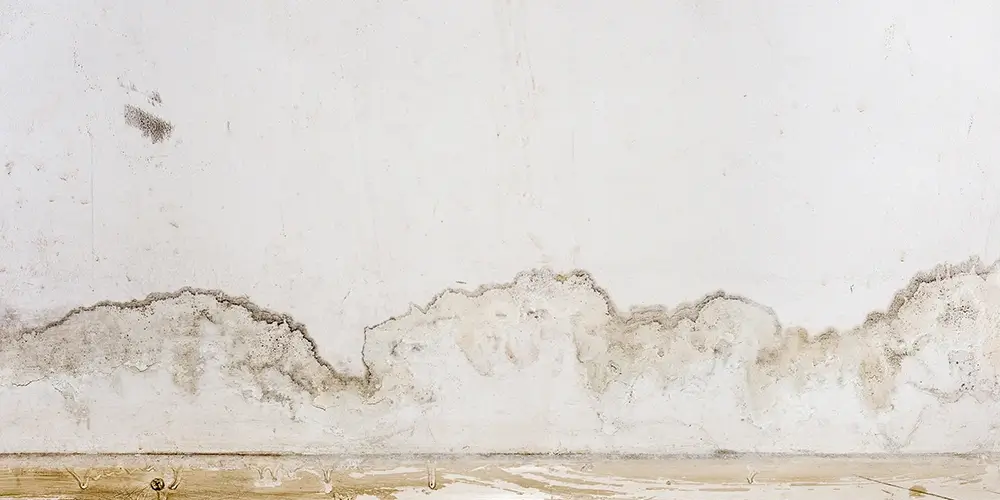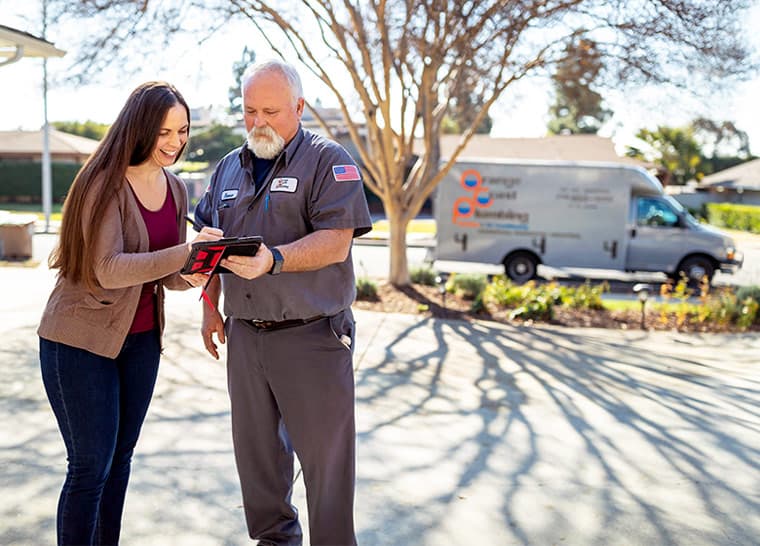Slab Leaks & Mold
Slab leaks occur in the water or sewer lines under the concrete foundation of your home.
They often go unnoticed until they’ve caused significant damage, including mold growth, which can threaten your family’s health.
Mold grows in moist areas — and slab leaks create perfect conditions for it.
What Causes a Slab Leak?
Slab leaks aren’t common, but that’s hardly reassuring when your living room floods and you have no idea where the water is coming from. The leading causes of slab leaks include:
- Corrosion or decay in older pipes, often from acidic or alkaline water
- Faulty plumbing installation
- Construction errors, resulting in an uneven or weak foundation
- Earthquakes or shifting soil due to drought or flooding
- Natural wear and tear of pipes over time
- Tree root invasion that creates openings for water leaking into the slab
- Natural wear and tear caused by shifting temperatures, vibrations, and other factors
- High pressure inside a buried water or sewer line
- High pressure exerted on a buried water or sewer line
What Is Mold?
And now, we move from plumbing to biology.
Mold is the common name for fungi that occur naturally in the environment. They can exist outdoors and indoors, but thrive in warm, moist conditions — precisely what you get with a slab leak.
Some mold is beneficial (but not in your home!). It can break down organic material; we use it to produce foods, medicines, and more. But when mold grows into your walls or furniture and releases spores into the air, it creates a very unhealthy environment.
Toxic black mold or Stachybotrys chartarum (aka atra) grows on concrete slabs.
Black mold can cause myriad health issues, including:
- Coughing, sneezing, and wheezing
- Lung and eye irritation
- Headaches
- Fatigue
- Skin rashes and hives
- Asthma attacks
- Unexplained body aches and pains
- Memory disruptions
- Mood changes
Are Mold & Mildew the Same?
No. Mildew is a fungus with a gray or white texture that grows on paint, fabric, wood, or other organic surfaces (including interior walls). It usually forms in warm, humid climates and is easy to spot.
Mold can be any color — black, green, yellow — and proliferates in damp parts of your home. It releases spores into the air that can cause allergic reactions. Mold often grows below the surface of walls, so you may not detect it until it’s too late for easy treatment.
How a Slab Leak Leads to Mold Growth
Slab leaks may appear a short distance from drywall, made of gypsum and paper that act as sponges. It’s a near-perfect breeding ground for mold, which rapidly spreads throughout the drywall and other organic surfaces.
Unless you catch mold early, you may need to replace the drywall, insulation, flooring, and other materials — a costly repair — and, worst-case scenario, abandon or rebuild your home.
How Can You Tell You Have a Slab Leak?
In a building with a concrete foundation, mildewy smells or visible mold spots point to a possible slab leak.
Other clues include:
- Puddles of water on the floor
- Warped hardwood flooring
- Damp carpeting
- Wet or stained baseboards
- “Hot spots” on the floor (from hot water leaks)
- An unexplained loss of water pressure
- A continually running water heater
- Unexplained increases in your water bill
How to Correct & Prevent Slab Leak Mold
Plumbers have diagnostic equipment to detect slab leaks and pinpoint the break. Your plumber can outline repair options, which will vary depending on the severity of the leak.
For minor leaks, the plumber may replace a small section of pipe and seal it with epoxy.
Cure-in-place piping (CIPP) is a cost-effective way to repair a damaged line. CIPP creates a new pipe within the old one by applying epoxy resin onto the interior walls. This patching method seals any holes and prevents mold growth. It’s also less disruptive than excavation and repiping.
Trenchless repair may be another option — where new piping is pulled through an access port next to the old pipe to create a new line.
Otherwise, you may have to tear up a section of concrete and replace the plumbing. Before you replace your slab, check for mold growth and other signs of damage.
Mold remediation is a lengthy process, but it’s necessary to ensure the air in your home is free from spores and allergens. Professional mold removal companies can identify affected rooms, remove infested materials, and thoroughly clean the areas with special chemicals.
How to Prevent Slab Leaks & Mold
- Schedule a plumbing inspection every few years to locate potential issues in your pipes and slab.
- Replace outdated or corroded pipes, especially galvanized steel or lead piping.
- Consider installing an automatic shut-off system that immediately stops water flow if it detects a leak.
- Inspect the area around your foundation for signs of moisture — damp carpeting, puddles on the floor, etc. If you detect a musty smell or see patches of mildew forming, contact a plumber immediately for an inspection.
AQs: Mold from Water Damage Related to Slab Leaks
Q: How does a slab leak contribute to mold growth?
A: A slab leak occurs in the concrete foundation of a home. This persistent moisture in a concealed space creates an ideal environment for mold.
Q: How quickly can mold grow from a slab leak?
A: Mold can grow within 24 to 48 hours in the right conditions, meaning a slab leak can lead to mold growth in as little as a day or two if not addressed promptly.
Q: What are the signs of mold growth due to a slab leak?
A: Some common signs of mold growth from a slab leak include musty odors, visible mold growth on walls or ceilings, and allergic reactions such as sneezing, coughing, or skin irritation.
Q: Why is mold from slab leaks a serious concern?
A: Mold from slab leaks is particularly concerning because it occurs in areas that aren’t visible or easily accessible, allowing it to spread extensively before being detected.
Q: Can slab leaks be prevented to avoid mold growth?
A: Regular maintenance and inspection of plumbing systems and moisture control measures can help mitigate the risk of slab leaks and subsequent mold growth. Consider installing a smart water leak detector.
Q: What should I do if I suspect a slab leak in my home?
A: Contact a professional plumber or leak detection specialist immediately to address the issue and prevent mold growth.
Q: How is mold from a slab leak detected?
A: Professional mold assessment and moisture detection tools are needed to identify mold growth resulting from slab leaks, as it often occurs beneath flooring or behind walls.
Q: What health risks are associated with mold caused by slab leaks?
A: Mold exposure can lead to respiratory problems, allergies, and other health issues, especially in individuals with pre-existing conditions or sensitivities.
Q: Can DIY methods effectively remove mold resulting from slab leaks?
A: Mold from slab leaks usually requires professional remediation due to its extensive and hidden nature.
Q: What steps are involved in professional mold remediation for slab leaks?
A: Professional remediation includes locating and repairing the leak, removing contaminated materials, cleaning and disinfecting the area, and possibly restructuring affected zones.
Q: How can I ensure mold doesn’t return after treatment for a slab leak?
A: Ensuring proper ventilation, keeping the area dry, and regular inspections for leaks and moisture can prevent the recurrence of mold after remediation.
Q: Is mold damage from slab leaks covered by homeowners insurance?
A: Coverage varies by policy; however, if the mold directly results from a sudden and accidental covered water leak, some insurance policies may cover the remediation costs. Review your policy and consult with your insurance provider.


